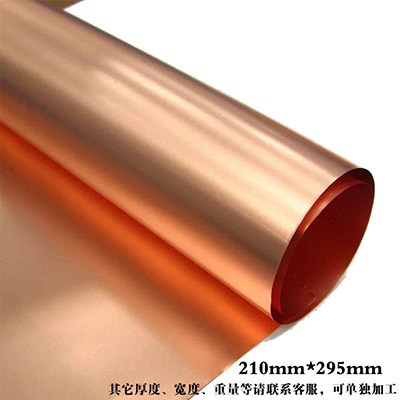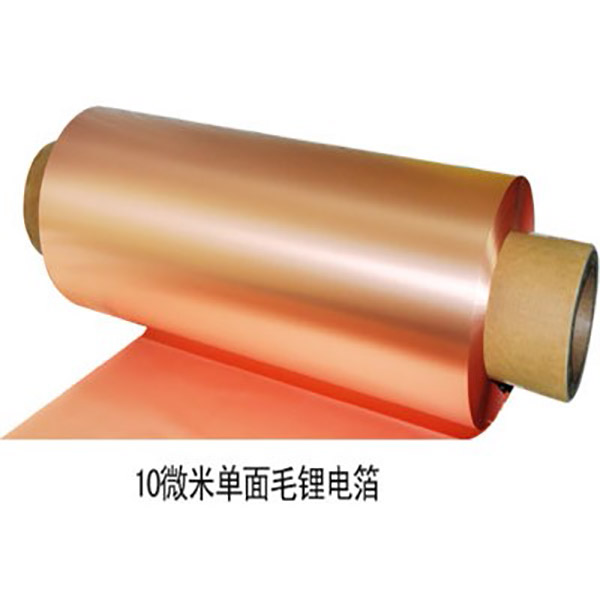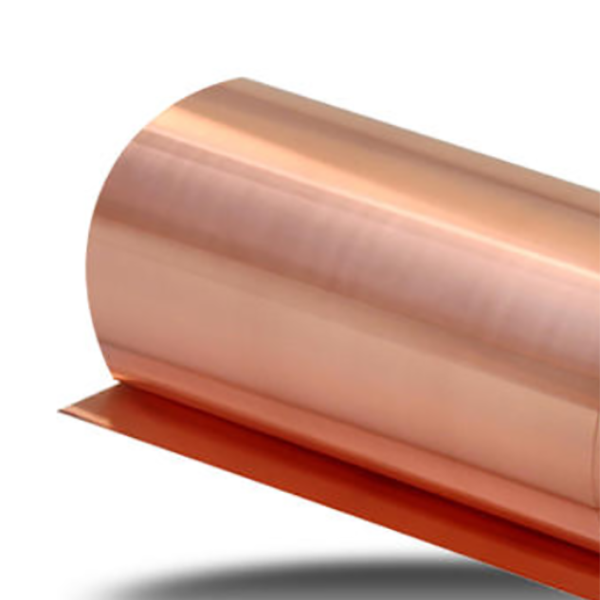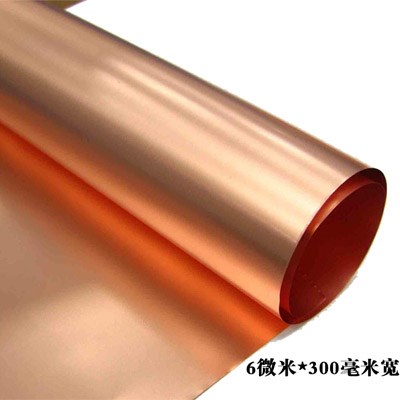Zhenjiang chooses the best copper foil manufacturer for heat dissipation
The electrolyte contains oil, paint, grease, sediment and other contaminants attached to the surface of copper foil. After being squeezed by the squeezing (water) roller, the contaminants are squeezed flat, some contaminants attach to it, and some contaminants attach to the guide roller. Because the dirt is squeezed up during the operation, the dirt has a head and a tail, and has a direction.
Zhenjiang chooses the best copper foil manufacturer for heat dissipation
Silane coupling agent treatment: after anti oxidation treatment, the surface is sprayed with silane, which can improve the oxidation resistance at room temperature on the one hand; On the other hand, in high temperature pressing plate, silane can better combine copper foil and resin substrate through coupling, and improve peel strength. Post treatment process - drying. In order to prevent the harm of residual moisture, it must be dried at not less than 100 ℃ later, and the drying temperature cannot be too high.
Zhenjiang chooses the best copper foil manufacturer for heat dissipation
Copper foil is divided into calendered copper foil and electrolytic copper foil according to the preparation process, which accounts for the vast majority of the market. According to the Copper Foil Branch of China Electricity Association (CCFA), at present, domestic manufacturers mainly focus on the production of electrolytic copper foil. In 19 years, the domestic production capacity of electrolytic copper foil is expected to be close to 600000 tons, while that of rolled copper foil is only about 10000 tons.
Zhenjiang chooses the best copper foil manufacturer for heat dissipation
Electrolytic copper foil is made by dissolving copper into copper sulfate solution, electrodepositing the copper sulfate electrolyte under the action of direct current in special electrolytic equipment to make the original foil, and then carrying out surface treatment, heat-resistant layer treatment, oxidation prevention treatment and other surface treatment processes on the original foil according to customer requirements.
Zhenjiang chooses the best copper foil manufacturer for heat dissipation
According to the burning degree of the substrate in the flame and after leaving the ignition source, it can be divided into general type and self extinguishing type; According to the bending degree of the substrate, it can be divided into rigid and flexible laminates; According to the working temperature and working environment conditions of the substrate, it can be divided into heat resistant, radiation resistant, high-frequency foil clad plate, etc. In addition, there are also laminates used in special occasions, such as prefabricated inner laminates, metal based laminates, and copper foil, nickel foil, silver foil, aluminum foil, Kang copper foil, beryllium copper foil laminates according to the type of foil.
Zhenjiang chooses the best copper foil manufacturer for heat dissipation
Although the thickness of copper foil gradually becomes thinner, power battery manufacturers use 6 μ When the product is less than or equal to m, the coating machine, winding machine and other key equipment as well as the technological level cannot solve the problems such as wrinkles, belt breakage and high-temperature oxidation encountered in the production process, which leads to the inability to mass produce ultra-thin copper foil with high yield.











